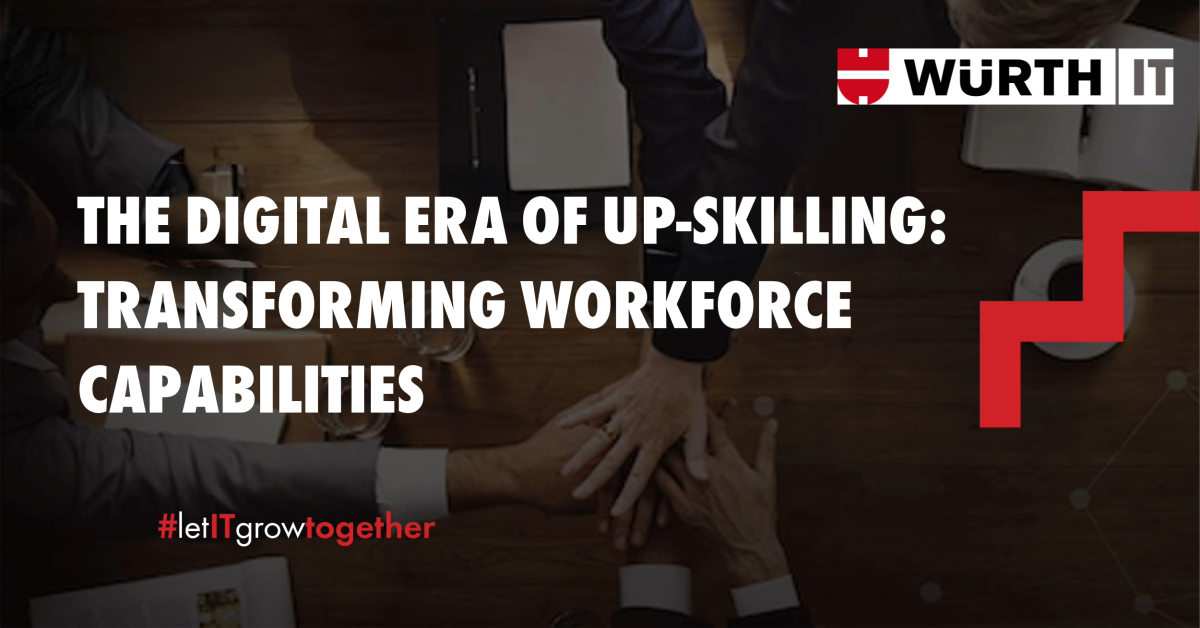The Digital Era of Up-Skilling: Transforming Workforce Capabilities

Author: Deepashri Chavan, HR Head
Continuous change occurs in workplace content, context, and culture, requiring employees to constantly learn new skills to remain relevant. Technologies such as AI, machine learning, and automation are revolutionizing how companies operate, but they are also transforming the skills needed for many jobs.
Approximately 85% of employees worldwide plan to upskill in 2024, with the primary areas being AI, machine learning, and digital transformation. According to the statistics (World Economic Forum), it is also predicted that, by 2025, the need for 50% of employees to be either reskilled or upskilled to keep up with technological development. Moreover, upskilling has a substantial impact on organizational outcomes, with businesses investing in learning for the workforce reporting up to 23% higher employee retention rates and 22% greater productivity compared to peers without such initiatives.
KEY TRENDS IN UPSKILLING:
The focus is on adapting learning and development strategies to evolving workplace demands.
Successful organizations are implementing tailored approaches to workforce development, with notable trends including:
- Personalized Learning Journeys: Employees seek training programs tailored to their career goals, enhancing engagement and satisfaction.
- On-Demand Microlearning: Small, accessible training modules address time constraints and improve learning efficiency.
- Soft Skills Emphasis: Skills like emotional intelligence, adaptability, and resilience are essential in navigating today's dynamic and uncertain environment.
- Technical Fluency and Data Literacy: As data-driven decision-making grows, organizations are prioritizing skills for analyzing and interpreting data effectively.
THE ORGANIZATIONAL IMPACT OF STRUCTURED UPSKILLING PROGRAMS IS SIGNIFICANT:
Research shows such programs can increase organizational revenue by up to 14% annually, and some companies with strong training initiatives experience a 30% reduction in recruitment costs. Apart from this, upskilling enhances workforce satisfaction and loyalty which has a sustained impact.
STRATEGIES FOR EFFECTIVE LEARNING AND TRAINING INTERVENTIONS:
- AI-Driven Learning Platforms: Leveraging AI to create personalized learning paths boosts engagement and learning outcomes.
- Collaborative Learning Models: Mentorship and peer-to-peer learning encourage a culture of collaboration and knowledge-sharing.
- Gamified Training Modules: Gamification ensures learning remains engaging and interactive, improving participation and retention.
Conclusion:
By embracing these redefined approaches to upskilling and re-skilling, individuals can future-proof their careers and organizations can build a workforce that is adaptable, resilient, and ready to thrive in the ever-evolving world of work.
In conclusion, they are no longer optional—they are strategic imperatives in today’s evolving work landscape.
